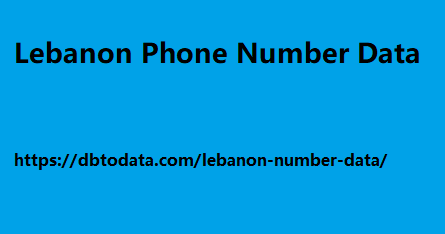|
|
TAgs Note that the example above only wants you to see the change in font size as you move down the hierarchy. Use only one h1 tag per page SEO best practices suggest that there should be only one h1 tag per page. This is because it makes more sense and this is what you should aim for. In cases though you end up with content that has multiple h1 tags in one page, this isn't too bad. If you can edit it then do it, otherwise leave it alone if other H1s are necessary and appropriate to your subheading content. Here is a video from Google about using multiple h1 tags per page.
The H1 tag must match the user's intent Don't forget the user's intention when writing h1. If this doesn't match the user's expectations then they may leave your site without reading the content. If this happens you not only lose potential customers or readers, it also has a very negativ Lebanon Phone Number Data e impact on your SEO. This behavior of users visiting a website and then returning to search results because they are unhappy is known as irrelevant results and can negatively affect your rankings in the long run. Make sure your h1 tells users what they expect to see on the page. 4 – H1 tag optimization example Let's look at some great examples from websites with optimal H1 tags to help you understand how the above principles apply in practice.

Example 1: The H1 tag is optimized for users, while the page title is short and SEO friendly. Example of title tag other than H1 tag Example 2: For a famous brand, the H1 tag (for the homepage) may match the brand name while the page title may include the keyword. For example, title tags and H1 are different Example 3: Absolutely use the same value for the page title and title. Example page title and H1 tag 5 – What about h2, h3 and h4 tags? To avoid confusion, let me clarify this.
|
|